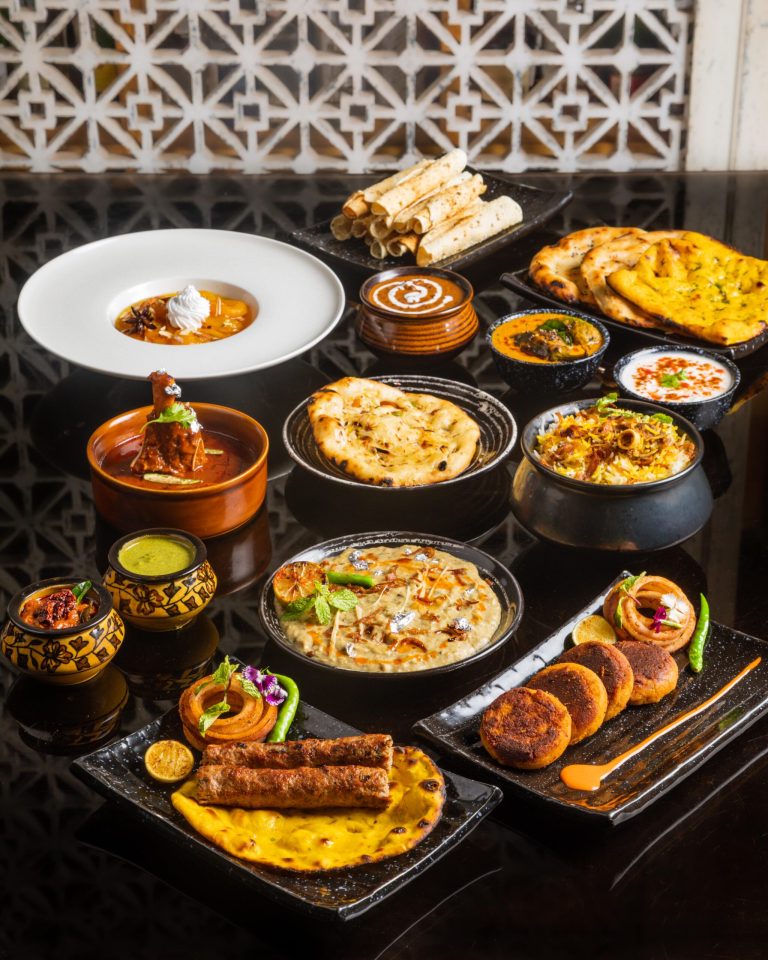By Kartik, Regional Chef , Azure Hospitality Pvt. Ltd
India’s dining and food delivery landscape is undergoing a significant transformation. The country’s culinary sector is thriving, driven by various factors contributing to an unprecedented boom in dining out and food delivery. From evolving consumer preferences to technological advancements.
 Changing Consumer Preferences
Changing Consumer Preferences
One of the primary drivers of the dining out and food delivery boom in India is the evolving consumer preferences. Urbanization and the rise of the middle class have led to higher disposable incomes, encouraging people to spend more on dining experiences. Millennials and Gen Z, who form a significant portion of the population, prioritize convenience and novel experiences over traditional home-cooked meals. This shift has resulted in a growing demand for diverse dining options and the convenience of food delivery.
Technological Advancements
Technological advancements have played a pivotal role in revolutionizing the dining and food delivery sector. The proliferation of smartphones and internet connectivity has made it easier for consumers to explore restaurant options, place orders, and track deliveries. Food delivery apps such as Swiggy, Zomato, and Uber Eats have capitalized on this trend by offering user-friendly interfaces, multiple payment options, and real-time order tracking, enhancing the overall customer experience.
Rise of Cloud Kitchens
The concept of cloud kitchens, also known as ghost kitchens, has gained traction in recent years. These kitchens operate exclusively for food delivery and do not have a physical dine-in space. This model allows for lower operational costs and the ability to cater to a larger customer base. Cloud kitchens enable restaurateurs to experiment with multiple cuisines and brands under one roof, thereby maximizing their reach and profitability.
Diverse Culinary Offerings
India’s rich and diverse culinary heritage has been a driving force behind the dining boom. Restaurants and food delivery services are increasingly offering a wide range of cuisines, from traditional Indian dishes to international flavors. This diversity caters to the varied tastes of consumers, making dining out and ordering in an exciting and satisfying experience. Fusion cuisines, health-focused menus, and gourmet offerings have also gained popularity, further fueling the industry’s growth.
Innovative Marketing Strategies
Effective marketing strategies have been instrumental in driving the dining and food delivery boom. Social media platforms, influencer collaborations, and targeted advertising campaigns have helped restaurants and delivery services reach a broader audience. Loyalty programs, discounts, and promotions have also been effective in attracting and retaining customers. Personalized recommendations based on consumer preferences have further enhanced customer engagement and satisfaction.
Expansion of Delivery Services
The expansion of food delivery services beyond metropolitan areas has significantly contributed to the industry’s growth. Tier 2 and Tier 3 cities are witnessing a surge in food delivery demand, driven by improved internet connectivity and changing lifestyles. This expansion has opened up new markets for restaurants and delivery platforms, allowing them to tap into previously underserved regions and diversify their customer base.
Convenience and Time-Saving
In today’s fast-paced world, convenience and time-saving have become paramount for consumers. The ability to order food from the comfort of one’s home or office without the hassle of cooking or commuting has made food delivery an attractive option. The convenience factor is particularly appealing to working professionals, students, and families, driving the demand for quick and efficient food delivery services.
Government Initiatives and Support
Government initiatives and policies have also played a role in fostering the growth of the dining and food delivery industry. Efforts to improve infrastructure, promote digital payments, and support entrepreneurship have created a conducive environment for businesses to thrive. Additionally, regulatory measures ensuring food safety and quality have instilled trust among consumers, encouraging them to explore dining out and food delivery options.
The dining out and food delivery boom in India is a multifaceted phenomenon driven by changing consumer preferences, technological advancements, and innovative business models. As the industry continues to evolve, it is expected to witness sustained growth, offering exciting opportunities for restaurateurs, delivery platforms, and consumers alike. The future of India’s culinary landscape looks promising, with an emphasis on convenience, diversity, and quality shaping the way people dine and order food.


